Raphael Gillet with a non-architect guest
“If the architecture is any good, a person who looks and listen will feels its good effects without noticing.”
– Carlos Scarpa
Architecture is about exploiting the space that we, as architects, are given to exploit. Architecture has always been about creating space, but we need to have a better understanding of it to properly exploit it. A well controlled space can be very powerful to its user and create a strong relationship, to create emotions. Spaces can lead to multiples reactions from its user depending on many factors. In this course will be explored the different parameters that can induce a sensitive reaction from its users.
This course had the purpose to explore spaces, to then understand the multiple factors that defines them. Working at first with our the most important factor, our intuitions, the feelings that will emerge will then be developed further understand different parameters, to find answers of why did we feel the way we did, using the principles What – How – Why. This exercise aims at raising more awareness in the way we perceive architecture and to develop our understanding of it. As feeling are felt by every humane, we will experience through the same parkours that we did with people having less understanding about architecture and its parameters.
A visit to the Military Museum in Dresden, built in 1911 by Daniel Liebeskind…
WHAT

LOST
The space was not guided, the shapes were not inviting me anywhere and neither did I feel like going left rather than right. The wide spaces were a bit troubling to me since I sometime expect a museum to guide me through a timeline. I had trouble finding the stairs sometimes, the space was confusing because it was too unipersonal.
HOW
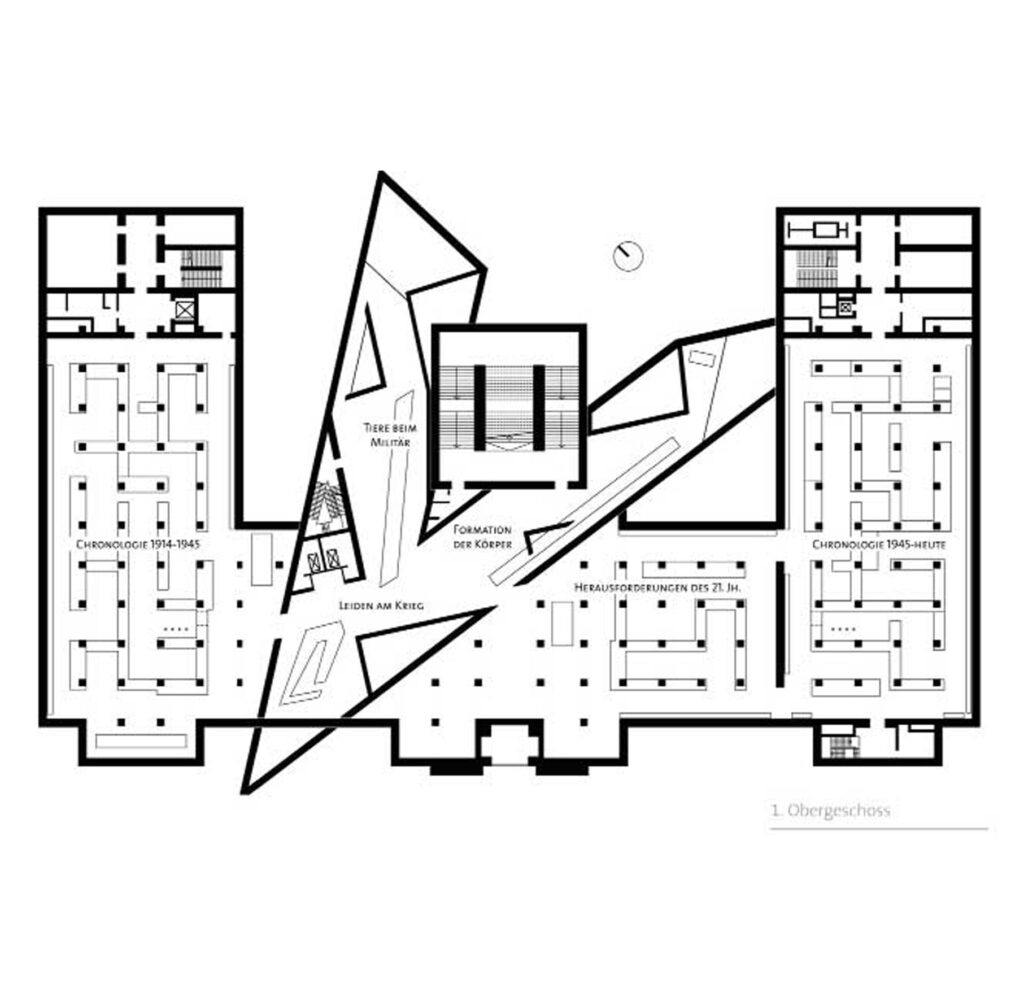
DISORIENTING
Through the building, people are used to understand a building by looking at it. When we do, we at the first glance see a conventional building with an extension. The shapes are not pushing the user toward one or another space, and the spaces are not continuous as expected in a museum. The user have to go back through what he has seen. The spaces are on different grounds, sometimes offering visual connection between them, although the connection between them is very unclear, the staircase are not always at the same place creating desorientment. The body have to go through all the spaces to understand or find new elements.
WHY
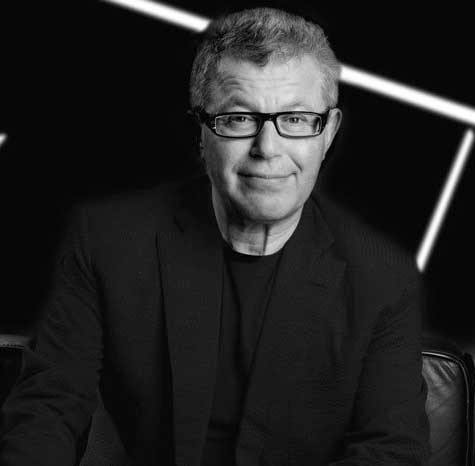
INFLUENCED
The architect, Daniel Liebeslkind has an intricate link with war. Born to Holocaust survivors in Poland, his personal history has had an impact on his perspective on the impact of war and conflicts. He believes that architecture has the power to tell stories and evoke emotions. Many of his architectures explore themes of memory, history, remembrance, while aiming to create a powerful sensitive experience for its visitors. War, being a significant and often traumatic part of human history His architecture emphasize the exposition exploiting the senses to create emotions.
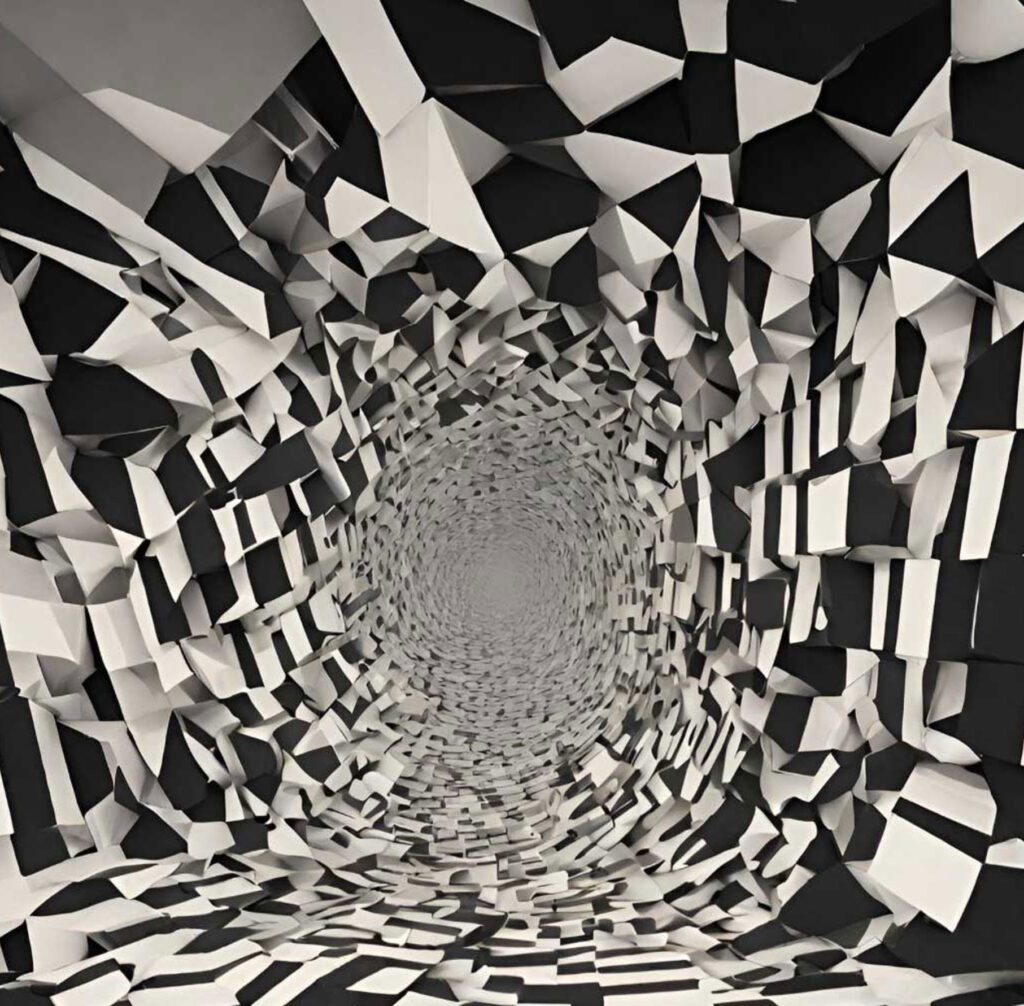
DISORIENTING
WHAT

UNINVITING
I didn’t really understand the building’s effect on me, I had these feelings of being attracted to something and then being repulsed by it. The room that plays the strident sound repulsed me, I could’ve been afraid. The shapes of the building were to me hostile, they were not comfortable. The building speaks for what it exposes. It was unwelcoming.
HOW

UNSTABLE
The environment created by the architect is fragile, the purpose is to take you out of the normal state a conventional building would provide. This energy is thus created to feel something, feel an energy through matter and space. The spaces are irregular, sometime uncertain, austere. Thus uninviting. In some room the floor is made of a metallic grid, that is seen through, and show how your life depends on only one element. The walls are angled, creating a feeling of something unstable that could collapse anytime. The passerelles disposed in these dedicated raw concrete spaces gives a very few natural lights from the top, and triple height give your body the feeling of something unnatural and unsure.
WHY

CONTINUITY
The Building of the history war museum is following a continuous past, In fact this building has most of its lifetime been about exposing war artefacts. Although the opinions on this subject have evolved with time, it has always served the purpose of showcasing military power, and strength. What had originally been Germany Saxony armoury museum underwent the change for a Nazi military museum, a soviet museum and an East German museum after time. Today, the goal of the museum is to make the visitors reconsiders the way they think about war. The same theme is repeated, although put through other ideologies.
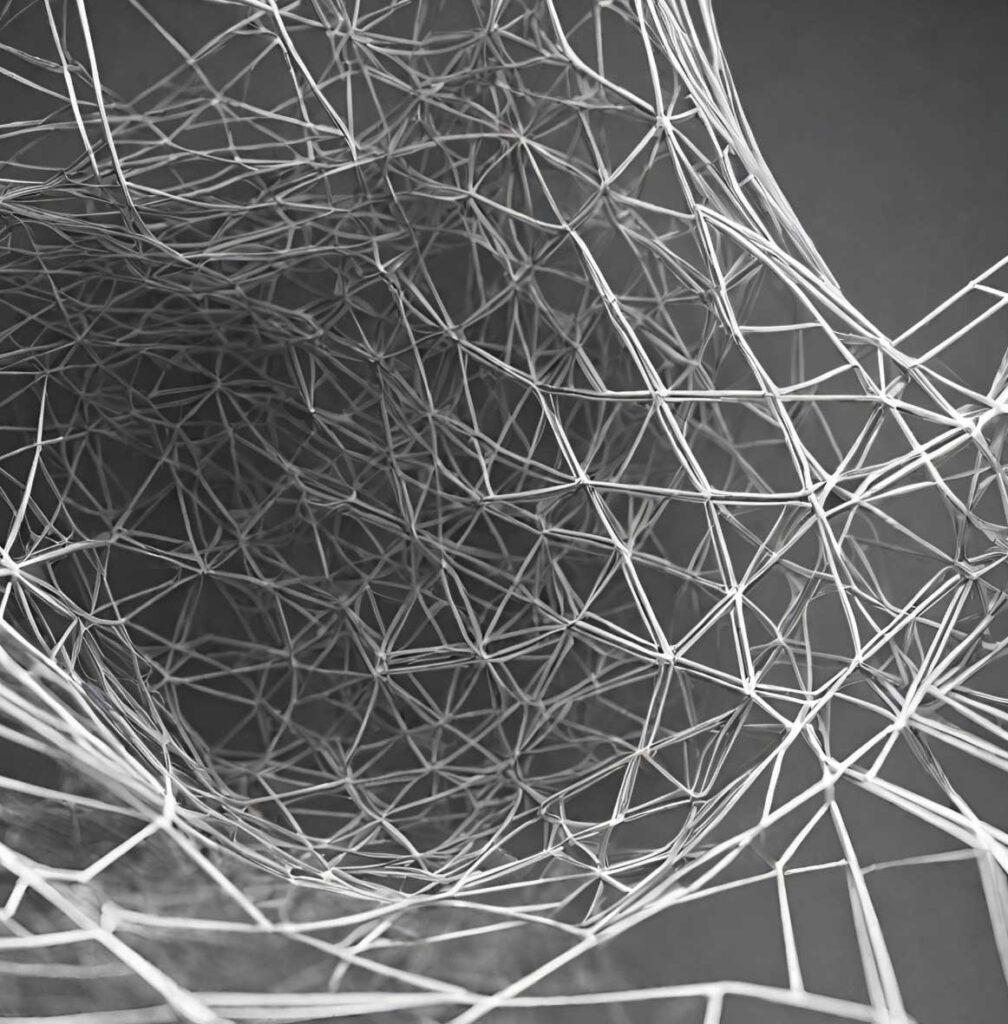
UNSTABLE
WHAT

ATTRACTED
Through the building, I don’t know if it was my curiosity for what was exposed or how it was exposed that triggered me. Through the shapes, I had to search sometimes for things to look at, and a few elements were a bit hidden. My curiosity made me find them, I had no idea that there was something in this black mass, but at the back of it was an entry. The light sometimes created an atmosphere that attracted me, I wanted to watch some elements that were enlightened.
HOW

APPEAL
The architects use the visual connection towards other spaces to create emotions, when you are at the top you feel disoriented, from a solid surface you have other emotions developing that could be attraction. The architect create desire by illuminating one element, creating curiosity by sometimes hiding the element and having to turn around it to unveil it. The light is an actor of this appeal. Whether it is too much light or fewer light. The different ambiances create some irregularity that creates appeal. Unconsciously your body searches an answer to understand why.
WHY

SYMBOLISM
Through his interpretations, the architects create a talkative architecture. The arrow-shaped extension is a prominent and deliberate design choice by Daniel Libeskind. The shapes have many interpretations and symbol of conflict, change, and the disruptive impact of war on history. But the most meaningful one is the orientation of this arrow. Directed in the direction of where bombers that destroyed the city came, the architecture is pointing the finger towards this deliberate act. The angular shape, is totally opposed to any organic elements, and aims to remind the people of the roughness how inhumane war is.
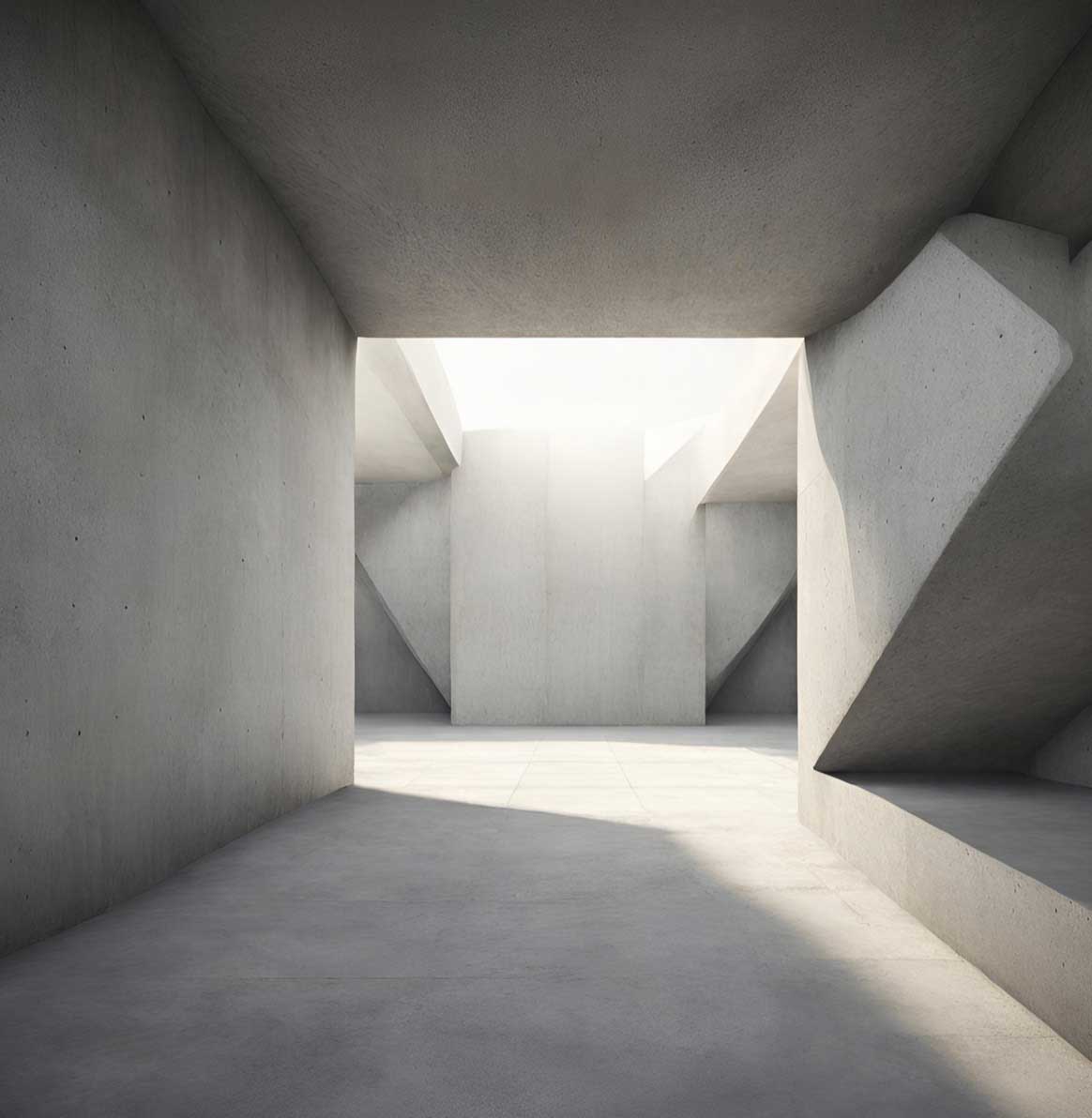
APPEAL